In Images: Newfound Dinosaur from Venezuela
Dino model
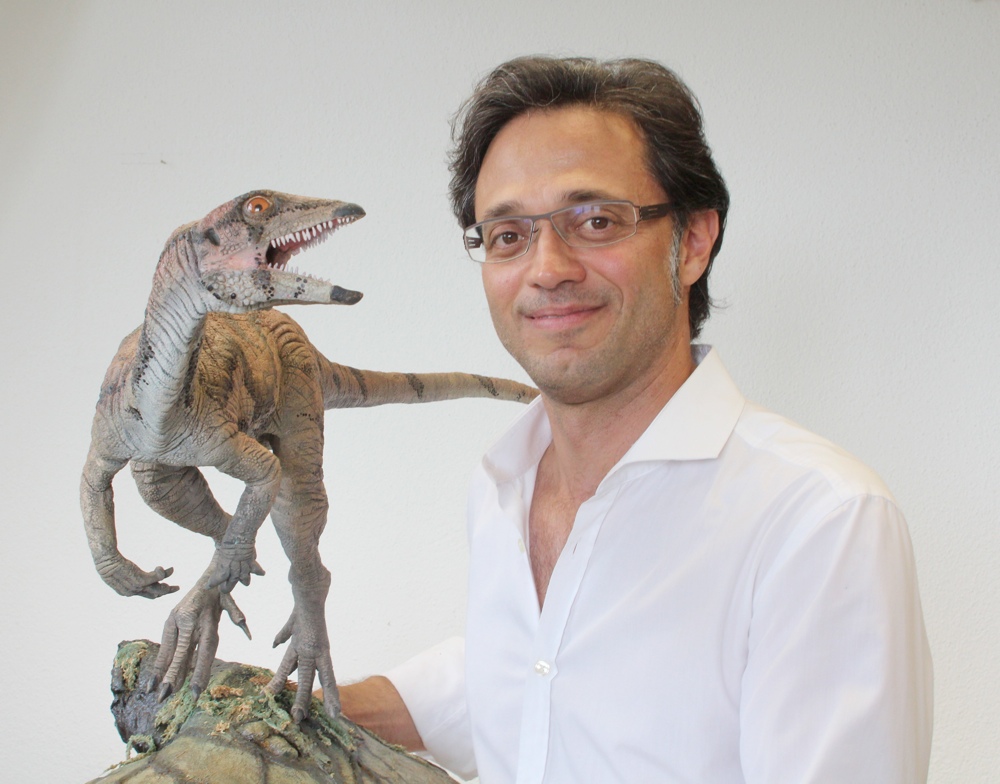
Scientists have unearthed the remains of what is now the first named dinosaur from northern South America. The dinosaur, named Laquintasaura venezuelae, was found in a rock formation in the Andes in Venezuela and would have lived some 200 million years ago. Here, Marcelo Sánchez, a paleontologist at the University of Zurich, holds a model of Laquintasaura venezuelae. [Read full story]
Dinosaur composite
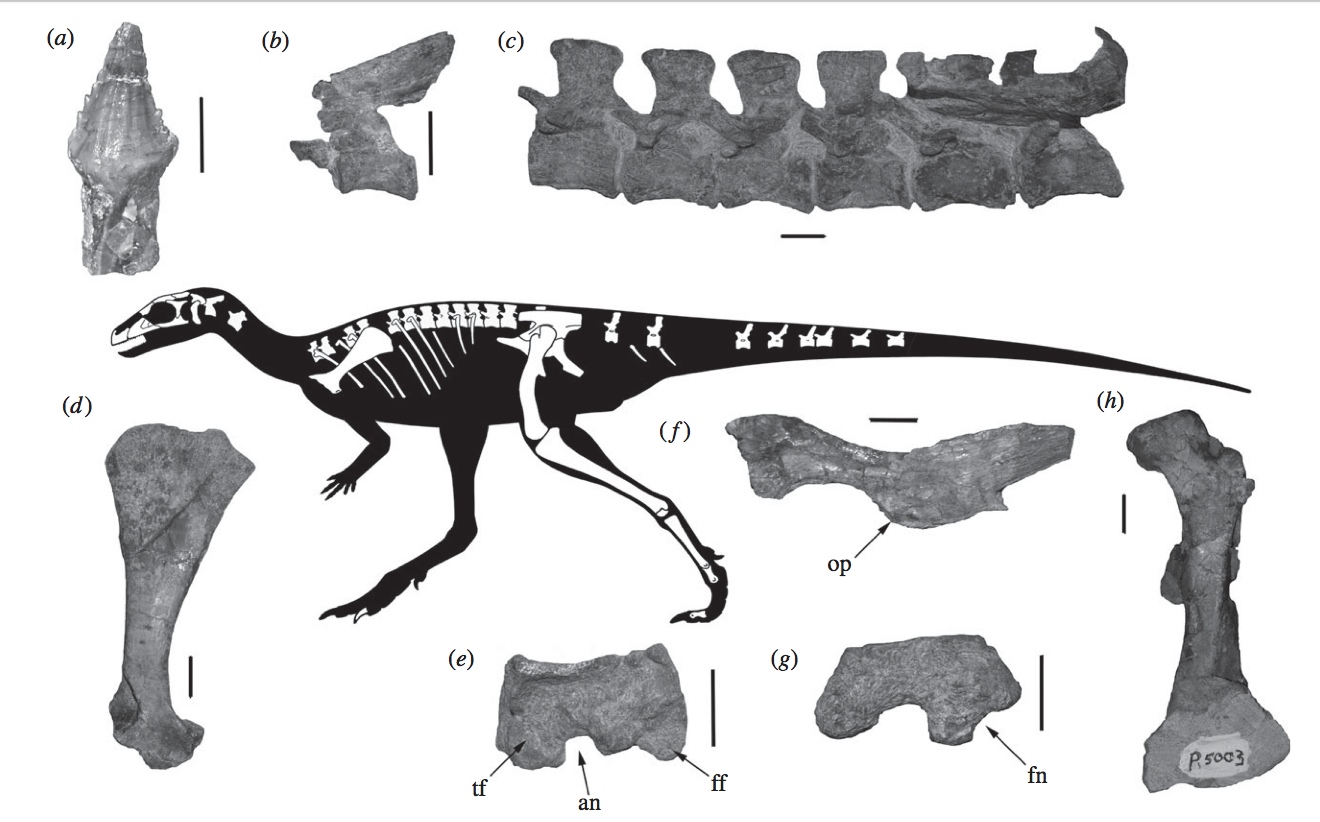
Here, a composite reconstruction of the dinosaur Laquintasaura venezuelae, with representative skeletal elements, including: cheek tooth (a); atlas-axis complex (b), or the joint that connects the skull to the spine; dorsal vertebrae (c); left scapula (d); astragalocalcaneum, an ankle bone (e); left ischium, or part of the hip bone (f); left femur (g and h).
Snapping Giant Insects
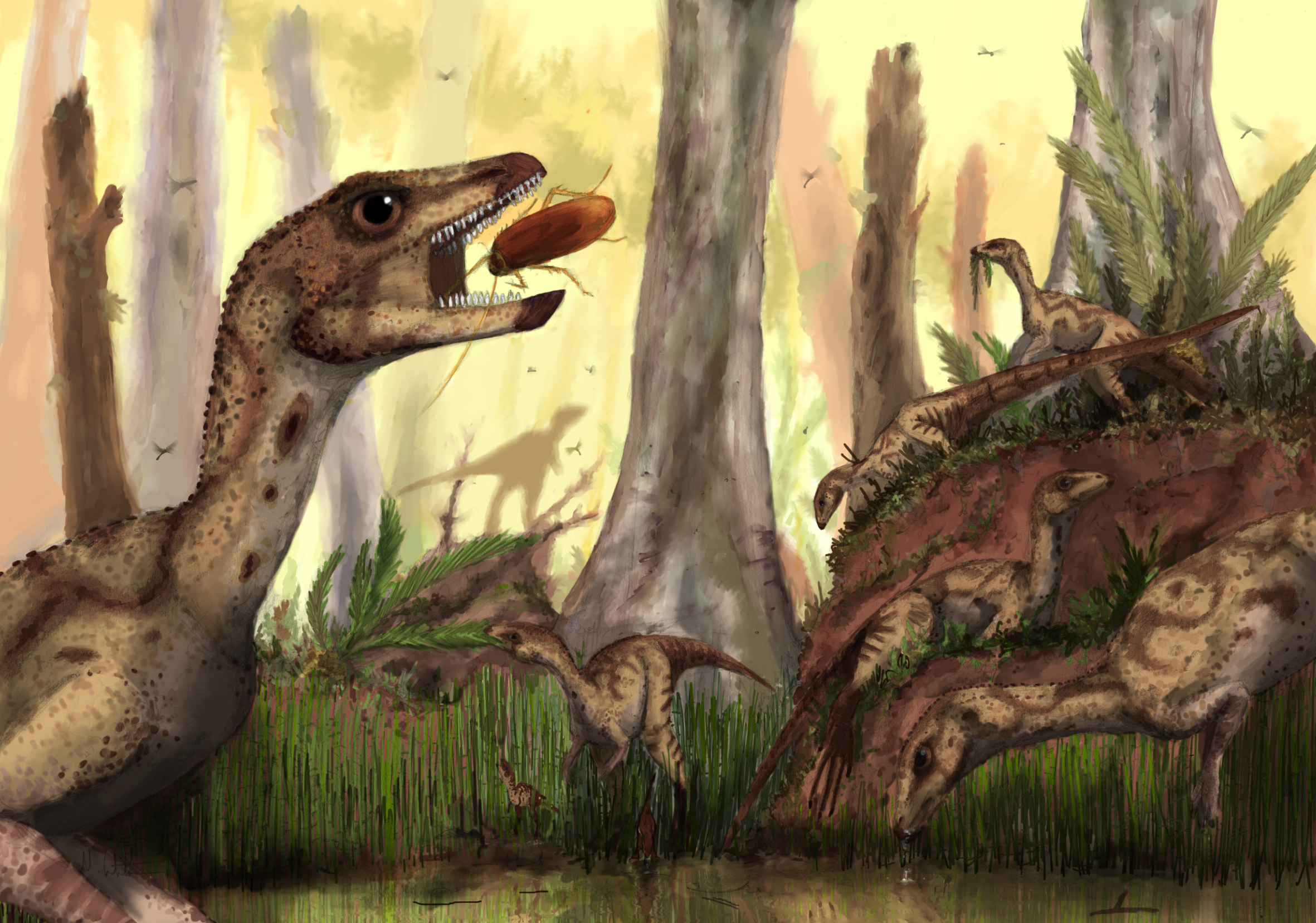
By looking at the dinosaur's teeth, the researchers suspect it was an omnivore. For instance, their triangular shape and coarse serrations suggest its owner chomped mostly on plants, but the tall outline and slightly curved tips of the teeth are reminiscent of a meat eater, suggesting Laquintasaura venezuelae took small prey such as large insects of its time. [Read full story]
Small beast
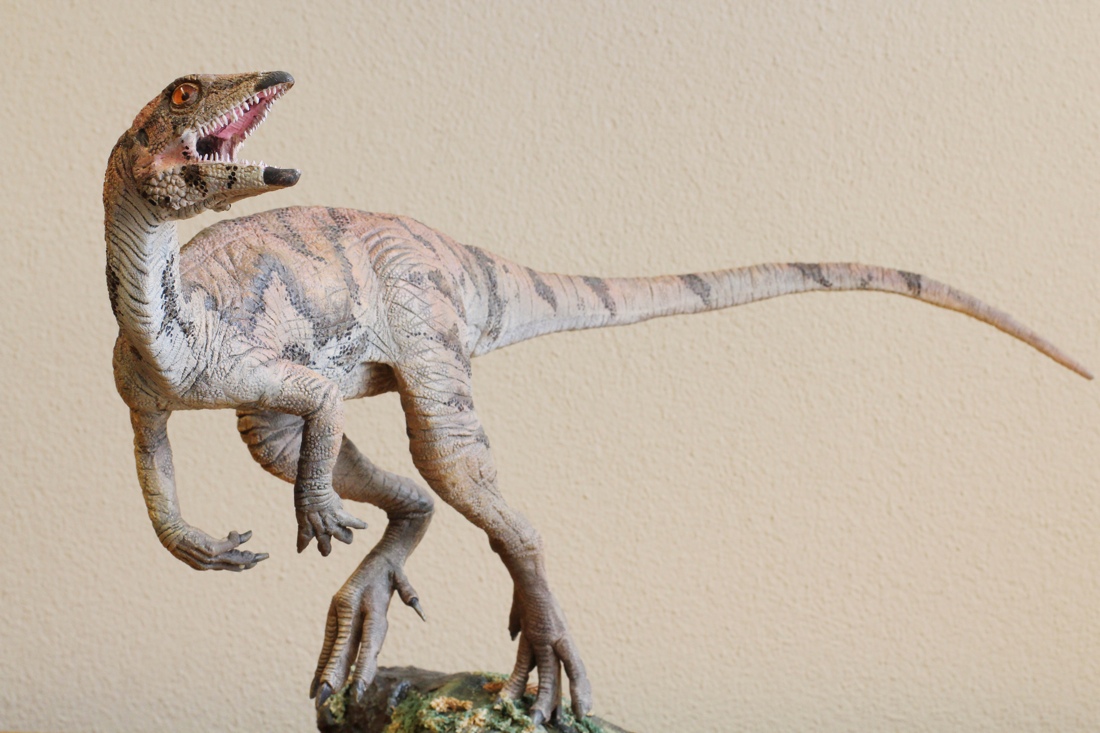
The dinosaur was a little guy, standing at just 3 feet (1 meter) long and up to about 1 foot (0.3 m) high. It would have lived during the later part of the Jurassic period, "when dinosaurs were just starting their ascent to global dominance," lead study author Paul Barrett, a vertebrate paleontologist at the Natural History Museum in London, told Live Science. In fact, they would have emerged soon after one of the five mass extinctions to affect life on Earth, this one called the end-Triassic mass extinction. [Read full story]
Dinosaur Tibia
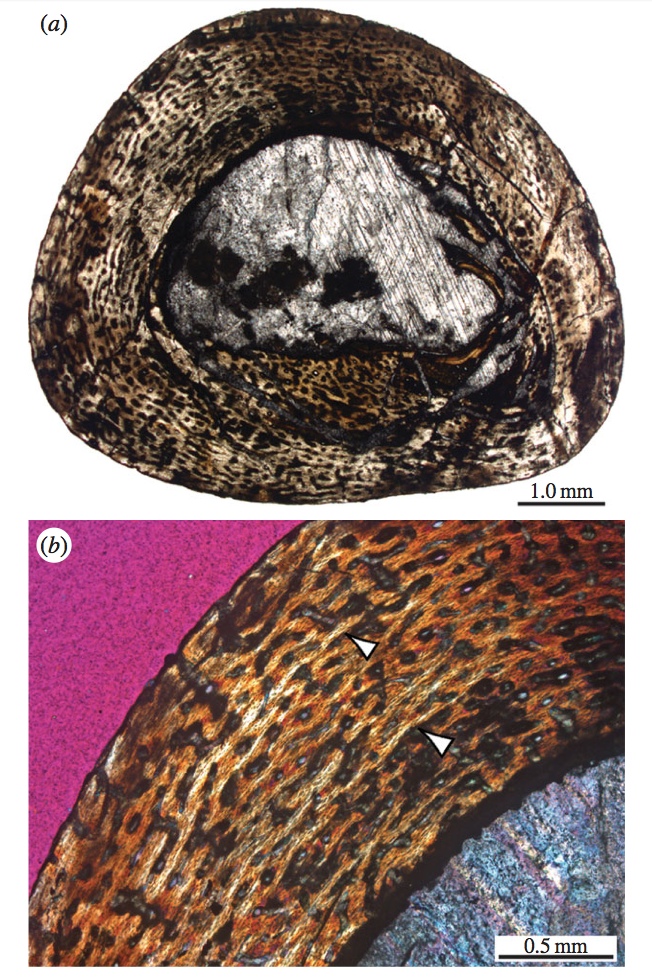
A section of the small tibia from a juvenile Laquintasaura venezuelae individual shown as a complete section in normal-polarized light (a) and in a close-up of cortex in cross-polarized light.
Velociraptor Frozen in Time Scavenging a Larger Dinosaur
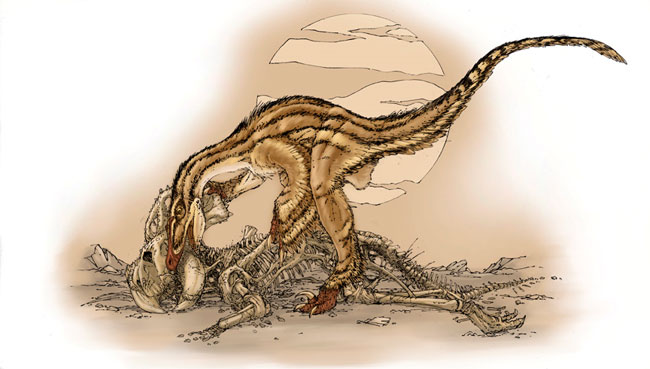
The other major dinosaur group is called the "lizard-hipped" dinosaurs, or the saurischians, a lineage that included giant long-necked sauropods like Brachiosaurus and meat-eating theropods such as Velociraptor and T. rex. Birds are thought to have evolved from these lizard-hipped dinosaurs.
New Duck-Billed Dino Discovered in Mexico
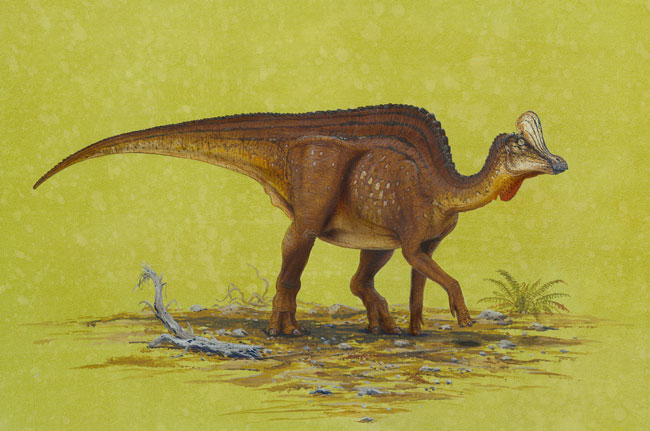
The dinosaur belonged to the so-called ornithischians, or "bird-hipped" dinosaurs. It would have been an early relative of some of the bird-hipped giants to stalk Earth, including duck-billed hadrosaurs like this one, dubbed Velafrons coahuilensis, which lived about 72 million years ago in what is now Mexico. Other ornithischians include the armored stegosaurs and ankylosaurs as well as three-horned Triceratops.
Sign up for the Live Science daily newsletter now
Get the world’s most fascinating discoveries delivered straight to your inbox.










